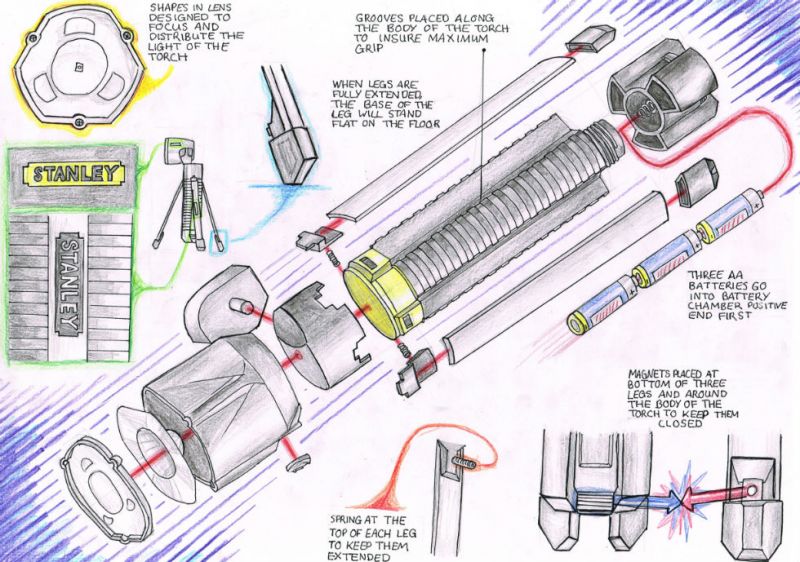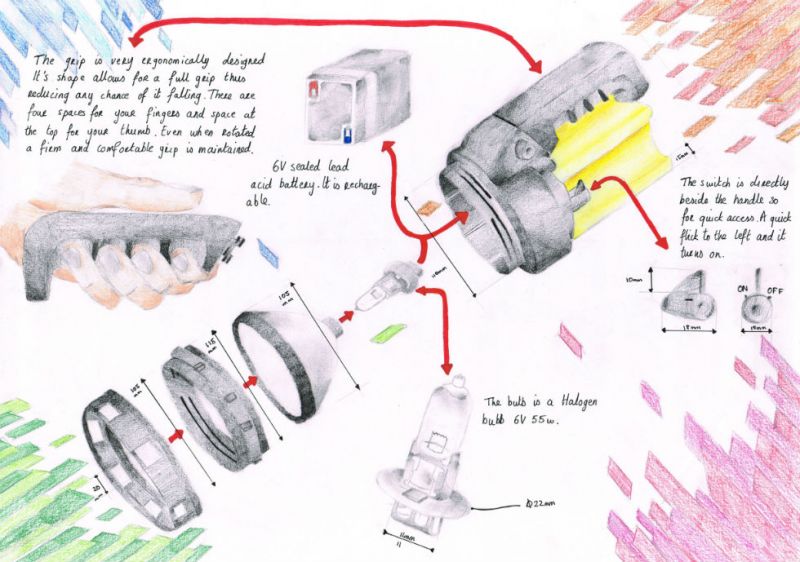Design & Communication Graphics - DCG
Leaving Certificate Design and Communication Graphics involves comprehending, analysing and communicating information presented verbally or graphically. Problem solving and creative thinking skills are developed through the analysis and solution of problems in both two and three dimensions graphics. Graphics and design are communicated using a variety of media, including computer-aided design (CAD). The main areas of study are: Plane and Descriptive Geometry, Communication of Design and Computer Graphics, and Applied Graphics.
The objectives of this syllabus are to develop the student’s knowledge, understanding, skills and competencies in Design and Communication Graphics, while fostering positive attitudes to the use of graphics in problem solving.
On completion of their studies students should be:
- Familiar with the principles, concepts, terminology and methodologies associated with the graphics code
- Able to apply the principles of both plane and descriptive geometries to the solution of a variety of concrete and abstract graphic problems
- Able to produce neat and accurate drawings that comply with internationally recognized standards and conventions
- Able to model, in two and three dimensions, graphic design problems and solutions, utilising a range of appropriate techniques and media with confidence and discernment Appreciative of the facility which the graphics code provides, in the solution of problems and in the visual communication of data.
- Able to utilise freehand sketching, both two and three dimensional, as a means of communication and as an aid to spatial reasoning and refinement
- Able to utilise a variety of rendering and presentation techniques in the solution of graphic design problems, in both two and three dimensions Competent and confident in the application of CAD and other appropriate Information and Communications Technologies (ICT) in the solution, modelling and presentation of graphic design solutions, in two and three dimensions
- Able to interpret verbal, written and mathematical information, and to represent it graphically
- Able to evaluate design solutions and solve design problems on the basis of sound aesthetic principles and to appreciate the impact of design on the visual quality of the human environment
- Appreciative of the broad vocational relevance of Design and Communication Graphics.
Design and Communication Graphics is assessed at two levels, Ordinary level and Higher level, by means of two assessment components: a 40% student assignment, of which CAD forms a significant and compulsory element, and a 60% examination paper.
News


Staff
Mr Denis Malone
Mr Mark Delaney


